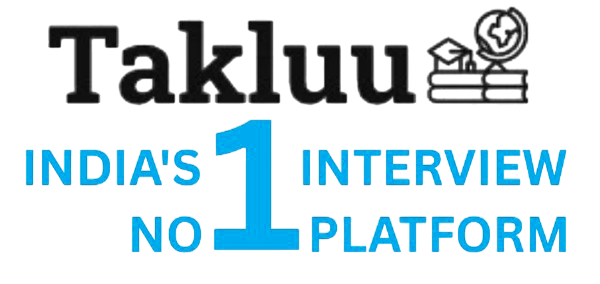Ques:- What is the difference between transparent tables and pooled or cluster tables
Asked In :-
Aakit Technologies, Recodem, MBR Informatics, Valued Epistemics, Vanderlande Industries, Code Insight Technologies, Ribbon Communications Inc, ANSYS Software, Xento, Navtech (Navaratan Technologies),
Right Answer:
Transparent tables are database tables that have a one-to-one relationship with database tables in the underlying database, meaning each transparent table corresponds to a single table in the database. Pooled tables and cluster tables, on the other hand, are used to store multiple logical tables in a single database table. Pooled tables combine several tables into a single table for efficiency, while cluster tables group related tables together, allowing for more complex data structures.
Transparent tables are database tables that have a one-to-one relationship with database tables in the underlying database, meaning each transparent table corresponds to a single table in the database. Pooled tables and cluster tables, on the other hand, are used to store multiple logical tables in a single database table. Pooled tables combine several tables into a single table for efficiency, while cluster tables group related tables together, allowing for more complex data structures.

